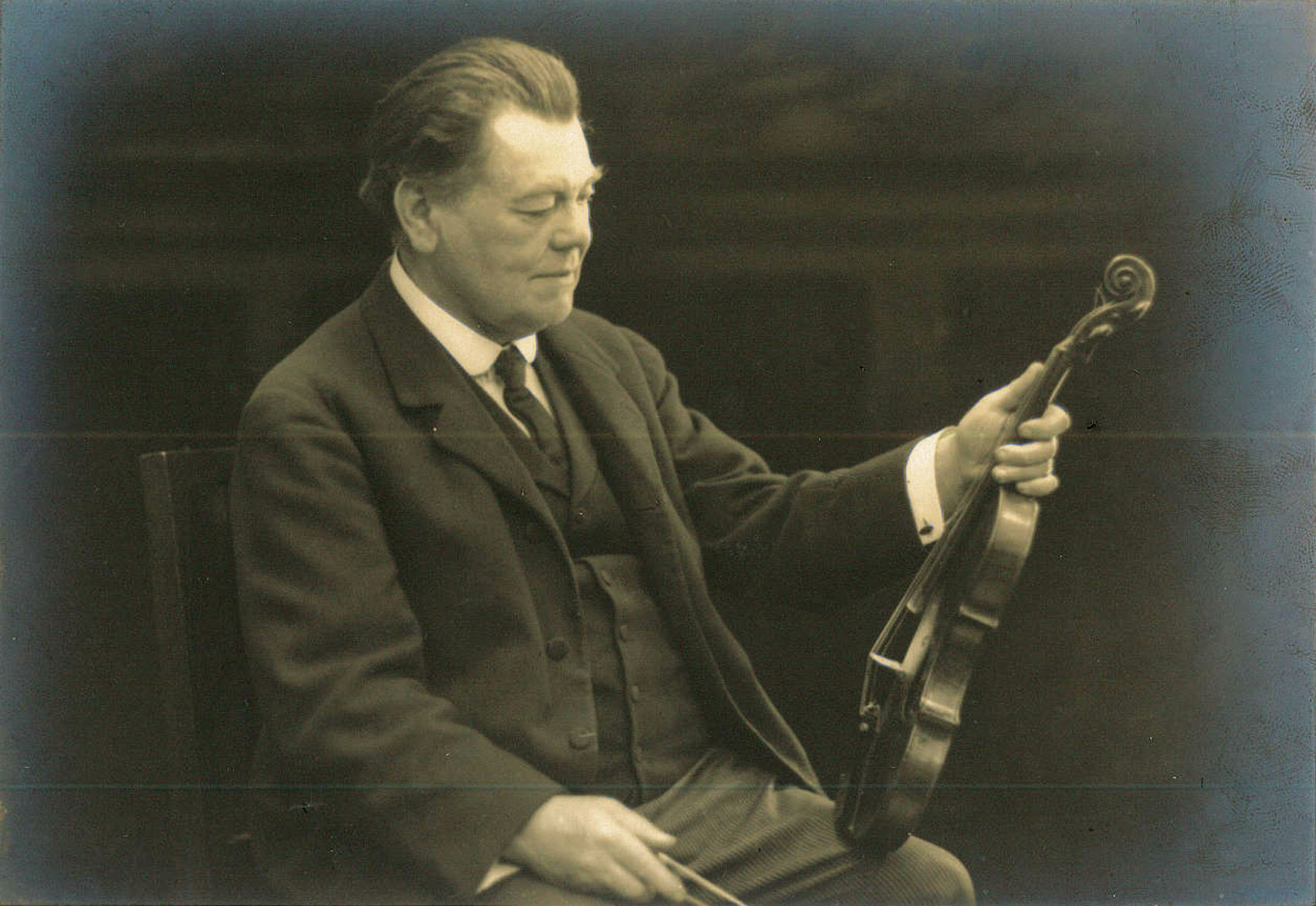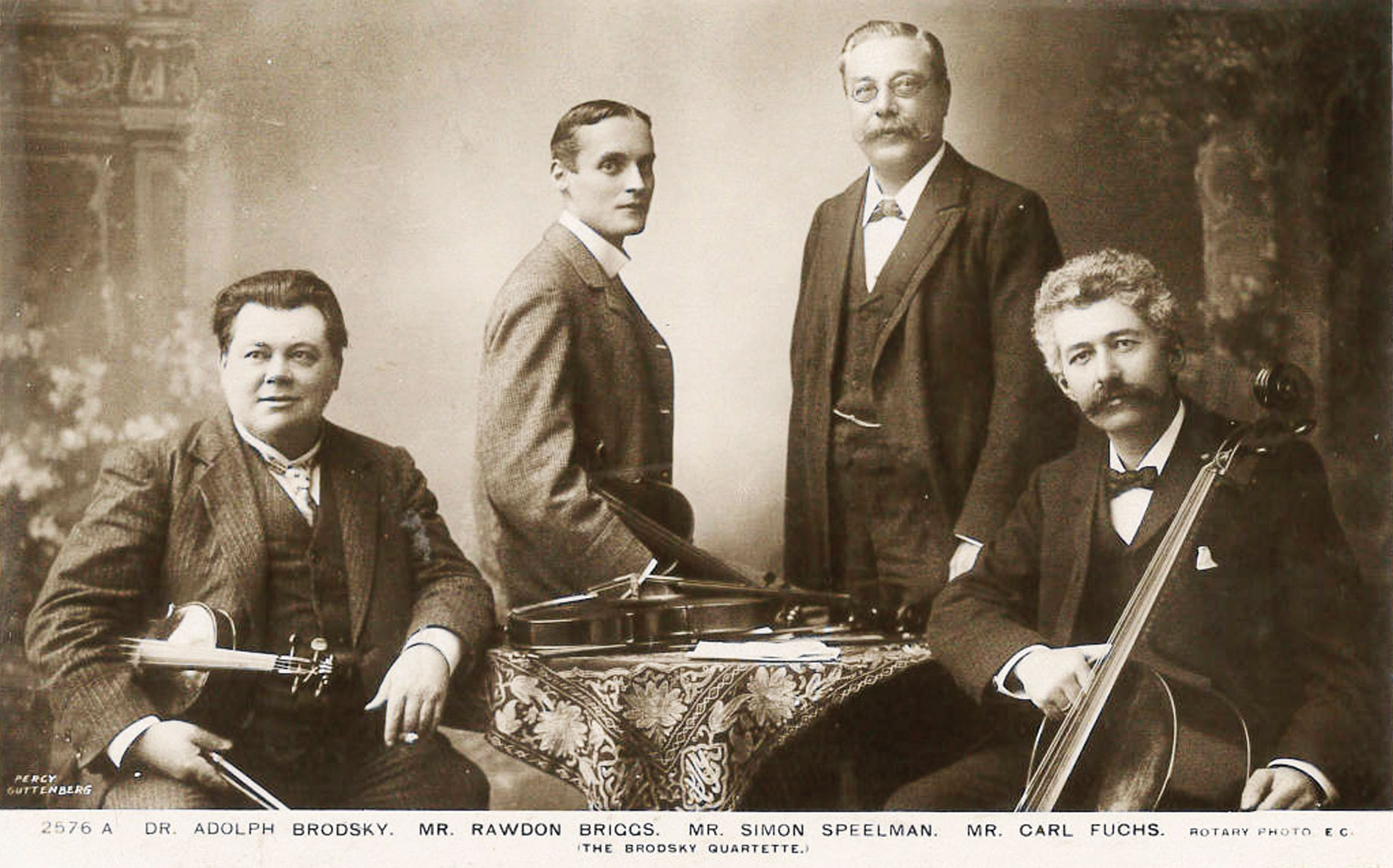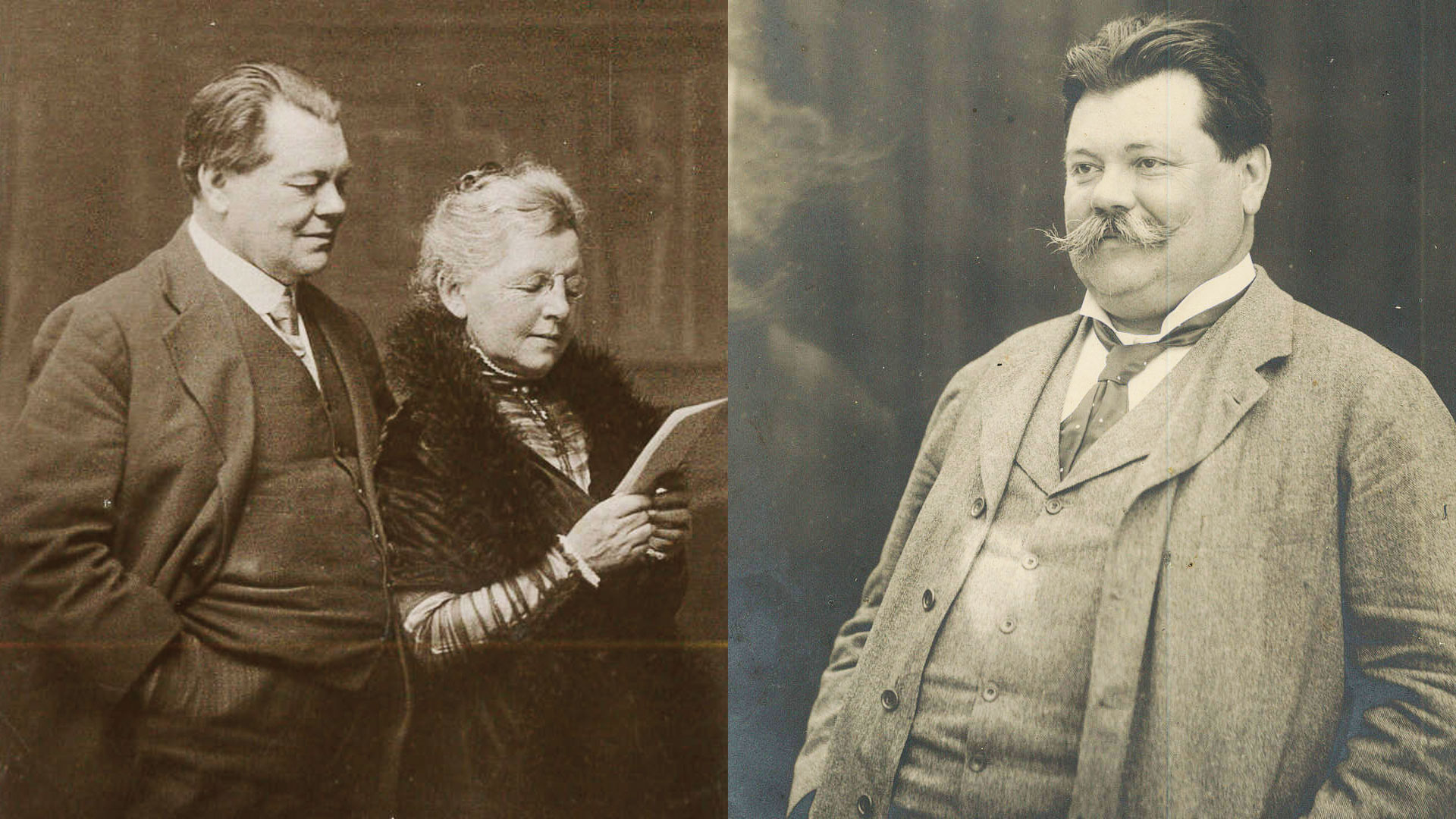Adolph Brodsky (1851-1929)
Adolph Davidovich Brodksy was born in 1851 in the southern Russian city of Taganrog. Both his father and grandfather were violinists and Adolph had his first violin lesson at the age of five.
Aged nine he gave his first concert in Odessa. A wealthy man in the audience was so impressed that he paid for young Adolph to study from 1860 at the Vienna Conservatoire, where his teacher was the professor of violin, Joseph Hellmesberger (1828-93). A fellow student was Hans Richter (1843-1916), and he and Brodsky became firm and lifelong friends.
In 1866 young Brodsky joined the Vienna Court Orchestra for two years. He settled in Moscow in 1873, becoming a professor of violin at Moscow Conservatory for four years. In Vienna in 1881 he gave the world première of Tchaikovsky’s Violin Concerto. This concerto had been written for and dedicated to Leopold Auer, who had declared it ‘unplayable’. In gratitude, Tchaikovsky changed the dedication to Brodsky. Brodsky’s performance was conducted by his friend Hans Richter, who in 1876 had been chosen by Wagner to conduct the first complete Ring at Bayreuth. Charles Hallé died in 1895 and in 1899 Richter became conductor of the Hallé Orchestra and conducted them in a performance of Elgar’s Enigma Variations.
Brodsky moved to Leipzig Conservatory in 1883 and formed his first Brodsky String Quartet. In 1891 he agreed to lead the New York Symphony Orchestra, but with his wife Anna Skadovskaya (whom he had married in 1880), he returned to Europe after three years. Whilst in Berlin he received a letter from Sir Charles Hallé inviting him to become leader of the Hallé Orchestra in Manchester and to teach at the music college which Hallé had founded in 1893. Within a few weeks of his arrival in Manchester in 1895, Hallé died and in 1896 Brodsky became Principal of the Royal Manchester College of Music, a post he held until his death in 1929. In 1902 the Victoria University of Manchester made him an honorary Doctor of Music. Among his pupils was Arthur Catterall (1883-1943), a future professor of violin at the RMCM and leader of the Hallé Orchestra.
In Manchester Brodsky formed his second String Quartet (pictured above). (The present Brodsky Quartet, formed in 1972, was named in his honour, the original players all coming from the Manchester area.) Brodsky first met Edward Elgar in 1900, following a performance of the Enigma Variations given by the Hallé Orchestra conducted by Richter. The composer dedicated his String Quartet (1918) to the Brodsky Quartet. In 1927 the 70-year-old Elgar conducted the Hallé Orchestra in a performance of his Violin Concerto. Brodsky, aged 75 (and the owner of a Guarnerius violin), came out of retirement as the soloist. The RNCM has in its archive a silver cigar box presented to Brodsky by the eminent conductor Hans von Bülow in gratitude for help given to Bülow and his orchestra in 1888-9.
Travelling in Europe at the outbreak of World War I, Brodsky was interned for about six months as a Russian alien. When released he travelled to Switzerland and from there back to his home in Bowdon, near Manchester, where he lived until his death on 22 January 1929. A commemorative blue plaque has been mounted on the house where he lived. Brodsky was cremated at Manchester Crematorium where a stone bears his name and that of his wife, Anna (pictured with Brodsky above), who died only 9 months after her husband. Engraved on the stone is the famous quotation, with musical notation, ‘Must it be? It must be’ from the score of Beethoven’s String Quartet Op 135.
© Joyce Kennedy 2017




